What’s That Spot?
Let’s set the scene. You’re brushing your teeth on some random Tuesday, humming along to your favorite playlist… then you spot it in the mirror. A tiny black or brown dot inside your cheek, maybe on your gum or tongue. It’s easy to freeze—are you seeing things? Is it serious? Or, is it just another weird adulting moment no one prepared us for?
I’ve totally been there (though mine was more of a suspicious freckle on my nose). Still, a black spot in your mouth jumps straight to the “um, should I be worried?” files in your head. And for good reason. So let’s unravel it together—no medical jargon, no textbook lecture. Just real talk, so next time you spot something odd, you know what’s up.
Why Do Black Spots Even Happen?
Heads up: most of the time, these little spots are not black spot mouth cancer. Far from it! According to the Oral Cancer Foundation, most dark spots in the mouth are totally harmless. (Blame nature for stressing us out over nothing.) But hey, you’re smart to notice—early spotting is still a superpower.
Let’s play detective. Why do these spots show up? There are a few “usual suspects”—and a few rare curveballs.
Everyday Causes (Honestly, Most Are Boring!)
Ever accidentally chomp the inside of your cheek while eating? That can cause a blood blister. These look dark and scary, but usually heal on their own. Sometimes, the spot sticks around for a few days, but it doesn’t mean disaster’s looming. (Ask me about the time a tortilla chip bit back—ouch.)
Metal dental fillings are another culprit. They can “tattoo” your gums or cheeks with a bluish-black patch (seriously!). This is called an amalgam tattoo, and while the name sounds like something from a rock band, it’s totally harmless. These spots don’t hurt, they just chill there, minding their business Painless black spot inside cheek pictures. Curious how they look? Seeing photos can help, but don’t freak out if yours looks slightly different—mouths are unique.
Other causes? Smoking, certain meds, injury from braces or dentures, or even using mouthwashes with strong chemicals (hello, oral melanoacanthoma). According to research on oral melanoacanthoma, long-term irritation—like chewing or biting your cheeks, or harsh toothpaste—can bring out dark spots too. Even iron supplements can do it! Bodies are wild, aren’t they?
Who Gets These Spots?
No one’s really off the hook—smokers, non-smokers, young adults, older folks, folks who floss after every meal. Even with the best dental hygiene (that’s not me, by the way) these random spots can just appear. Sometimes, they’re tied to conditions you’d never think about, like hormonal changes or even stress.
So, most black spots? They’re just little quirks of life… sort of like that extra gray eyebrow hair you wake up with out of nowhere.
Could This Be… Mouth Cancer?
Now, let’s chat about what’s lurking in the back of your mind: black spot mouth cancer. Yes, sometimes a dark spot can be a sign of oral cancer—but it’s very rare. We’re talking less than 1 in 100 cases for certain types, like oral melanoma according to Healthline.
Here’s what sets off alarms:
- The spot is new and not healing after two weeks.
- It’s growing more jagged, lumpy, or changes colors.
- You have other symptoms—numbness, unexplained bleeding, or difficulty swallowing (trust me, that’s not normal after too many tortilla chips).
Basically, the weirder or more persistent your spot, the more you want to show a professional—just to cross it off the list. Early diagnosis saves lives, plain and simple as described by MD Anderson Cancer Center.

What Does Black Spot Mouth Cancer Look Like?
Oral melanoma and other oral cancers can doppelgänger your everyday spots. Usually, they show up as irregular, often asymmetrical patches—not tidy little dots. They can be flat or raised, and sometimes other colors (whitish or reddish patches, or even a sore that doesn’t heal) join the party. It’s way more likely to hit folks who smoke a lot, drink often, or have long-term irritation from something in their mouth according to the Cleveland Clinic.
Still, not all is gloom and doom. Did you know that things like hemangiomas (just a fancy word for a blood vessel tangle) can also go dark and mimic scary stuff? My friend Hannah spotted a dark patch near her gum, totally panicked, and even emailed her dentist a million photos. Her dentist shrugged and said, “That’s your body being weird. It’s not cancer. See you in six months.” So yes, 99% of these stories end in relief!
Black Spot: Benign or Bad News? (Quick Comparison Table)
| Type | How It Looks | Should You Worry? |
|---|---|---|
| Blood blister | Small, purple/red bump, soft, goes away | No, unless persistent |
| Amalgam tattoo | Flat, bluish-black near dental work | No |
| Melanotic macule | Flat, brownish spot, no pain | No |
| Oral melanoma (rare) | Irregular border, changes, lumpy, may be raised or flat | Yes — get checked |
Want to compare your own? It helps to see actual oral cancer black spot on gums photos and also Painless black spot inside cheek pictures. Fair warning though: Google can freak you out for no reason, so mix curiosity with common sense.
Habits That Can Cause (Or Prevent) Black Spots
Let’s talk habits. Smoking and heavy drinking top the risk charts for black spot mouth cancer. Mix those two, and the risk jumps up even more as explained by the Cleveland Clinic. (Not judging—just worth knowing!)
Even without tobacco, simple stuff like grinding your teeth, poorly fitted dentures, or overusing strong mouthwash can trip up your mouth’s pigment-producing cells—causing weird spots that are completely not dangerous, but still nerve-wracking.
Personal side note: A friend of mine swapped brands of toothpaste and suddenly had this brown-black patch in her cheek. Panic mode = activated! Dentist’s verdict? Toothpaste had some gnarly chemicals irritating her mouth. She switched brands and, poof, spot gone.
In short: if you’re seeing spots and you’re a smoker/drinker, quitting makes life brighter (mouth included). And if you use quirky toothpastes or have new dental work, it’s worth mentioning at your next checkup!
Spots on Gums vs. Cheek: Worth a Double Take?
Some spots pop up on the gums, and others show up on your cheek. Here’s a hack: if you see something painless, doesn’t change after a couple weeks, and you’ve recently had dental work, it might match what’s shown on Painless black spot inside cheek pictures or oral cancer black spot on gums photos.
That being said… don’t attempt to diagnose yourself via Google images alone. But seeing a gallery of real-life cases can help squash worries when your spot just sits there, unchanged, doing its thing.

So, What Should You Do Next?
First things first: if you spot a dark mark in your mouth, breathe. Most are okay. What matters is keeping an eye on it. Take a picture (we use our phones for everything else—might as well add “mouth documentation”).
Track it for a week or two. Still there? Or worse, getting bigger, changing shape, or causing pain? Time to let your dentist take a look. Dentists can do a quick exam, might even use a teeny scope. Sometimes, they’ll biopsy (take a tiny sample) if they think it needs a closer look according to Tolley Dental.
If your spot fits the “mystery” genre and especially if you’re high risk (smoking, heavy drinking, or family history of cancer), don’t wait months. Early action saves lives. Black spot mouth cancer is rare, but early catch = easier fix.
For extra peace of mind, browse real oral cancer black spot on gums photos and compare notes—but always follow up with a pro if you’re even a little bit doubtful.
Your Mouth, Your Move: Let’s Wrap This Up
Alright, friend. We’ve covered a mouthful (pun 300% intended)! You’re not alone if you’ve noticed something weird and started spiraling with Dr. Google. Here’s the bottom line: most black spots are just a harmless quirk. They’re usually tied to minor injuries, dental work, or everyday habits. But, if that spot hangs out beyond two weeks, starts to change, or brings along “friends” (pain, swelling, bleeding)—don’t ignore it.
You know your body better than anyone. Trust your gut. Book that dentist visit, bring your questions, maybe even your phone pics. Early checks mean way fewer worries down the road. You deserve a healthy, stress-free smile!
And hey, if you do need to compare your spot? Those oral cancer black spot on gums photos and painless black spot inside cheek pictures aren’t a bad place to start—just promise me you won’t freak out at the first glance.
To sum it up: notice, track, check if it’s stubborn, and always—always—ask for help if something feels off. You’ve got this. Take care of that smile, and don’t let a pesky black spot steal your peace.

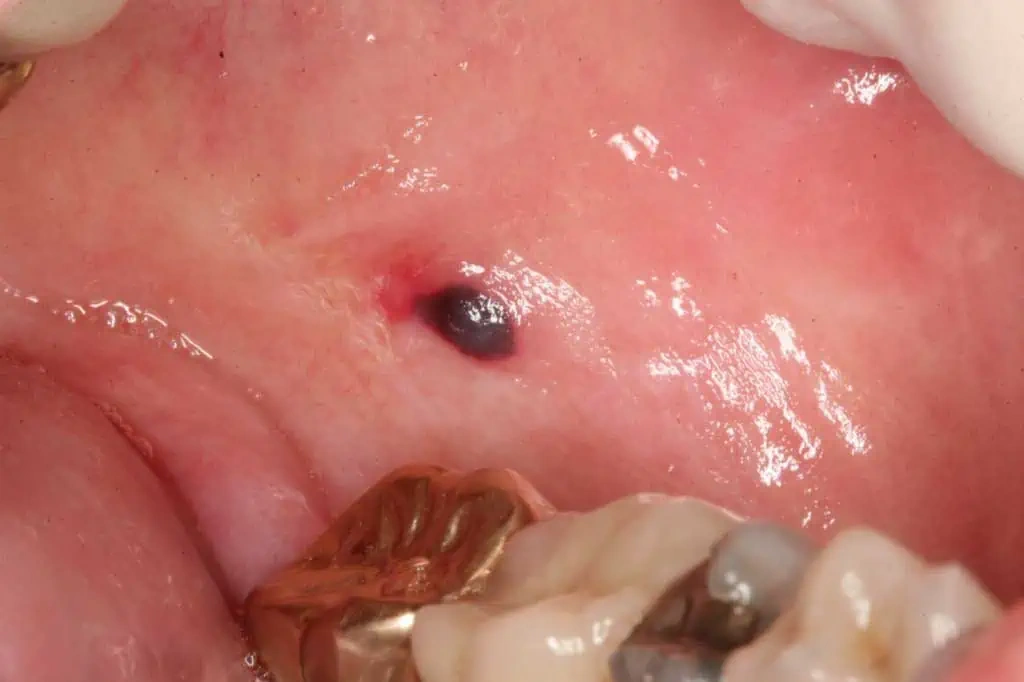
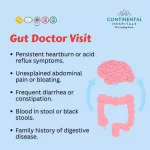
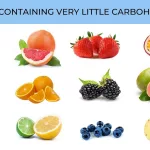


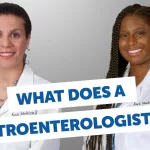









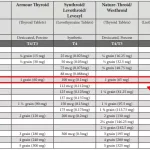

Leave a Reply
You must be logged in to post a comment.